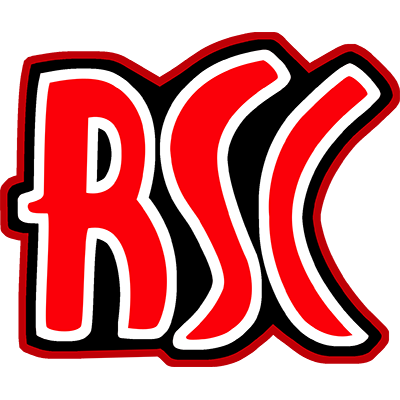silente
Not quite true however! Telemetry has the suspension position which is actually the spring length. When motion ratio is 1, and each corner has 2000N of sprung load, with a 50.000N/m spring, the 'suspension position' telemetry will be 40mm with the car at rest. It is wrongly named in telemetry. I also think it is measured on the pushrod so it doesn't measure wheel displacement.
But then again, if my pushrod is vertical as you suggested (and since mult are for force, not for displacement) i can assume the movement i see in Motec is a wheel kynematic movement (which, for rF is then equal to spring movement because of the geometry in use), right?
